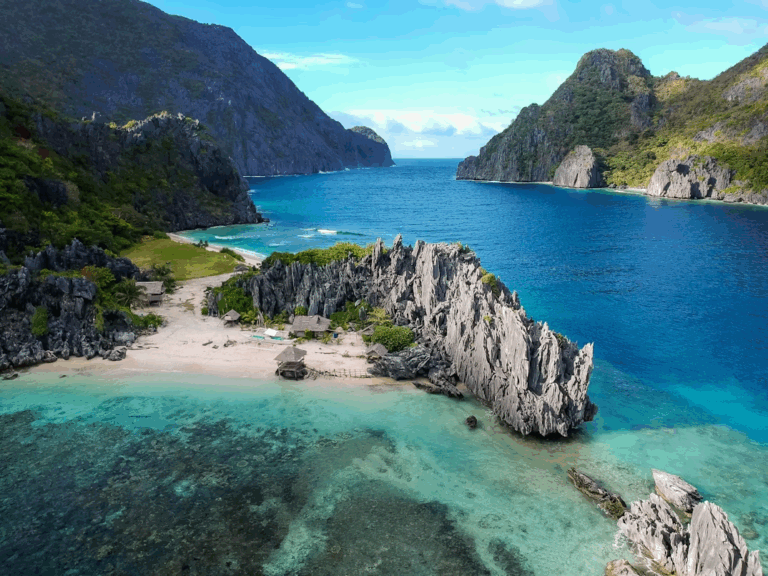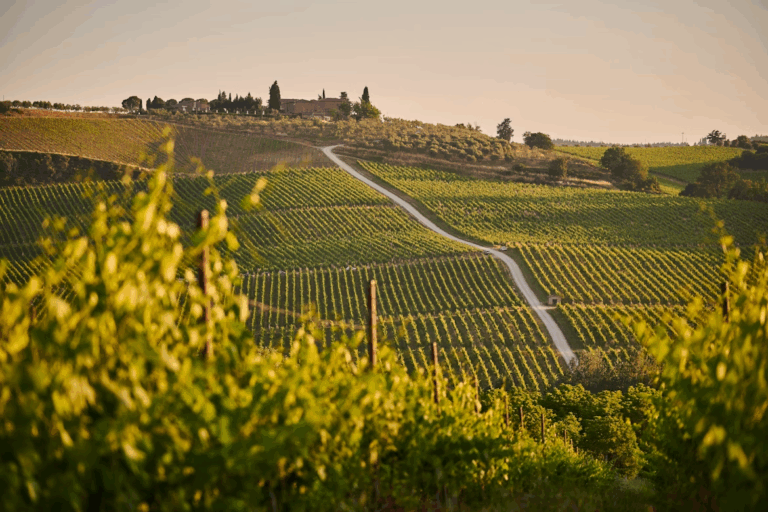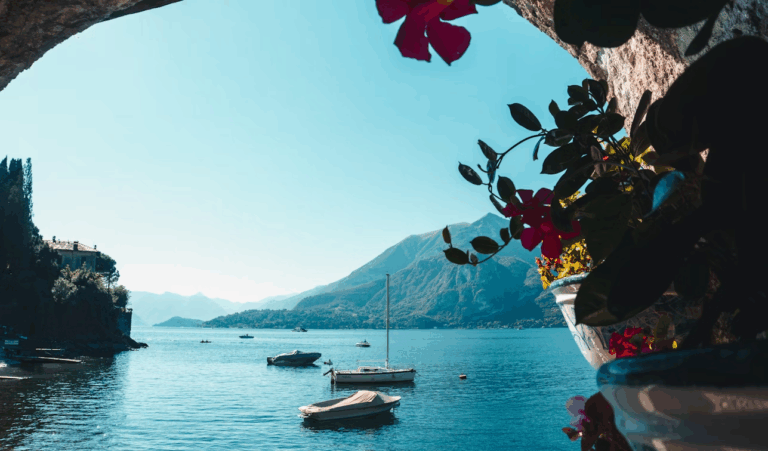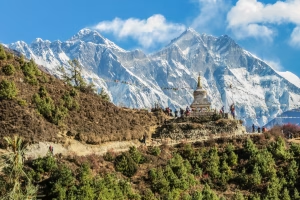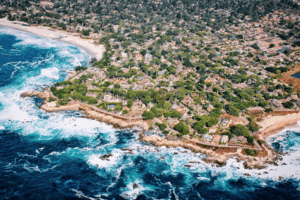Discover key advice for road trip planning: packing essentials, safety guidelines, scenic routes, and budget tips for an unforgettable experience.
There’s something magical about the open road. The hum of tires on asphalt, windows down, favorite playlist pumping through the speakers, and the promise of adventure stretching out before you. I’ve been taking road trips since I was old enough to drive, and let me tell you—nothing beats the freedom of deciding on a whim to take that scenic detour or stop at the quirky roadside attraction that caught your eye.
Road trips are not only about reaching your destination but about enjoying the experience along the way. Whether you are organizing a short weekend escape or a long journey across the country, this guide will help you get the most out of your time on the road.
How can you plan the perfect road trip?
Planning makes perfect, especially when it comes to road trips. I learned this the hard way after once embarking on a spontaneous trip to the Southwest with nothing but a half-tank of gas and an old paper map. Believe me, a bit of planning can make a big difference.
Start with a flexible itinerary: Plan your major stops and accommodations, but leave room for spontaneous adventures. Some of my favorite road trip memories have come from unplanned detours.
Consider the season: Summer road trips offer long days and good weather but come with crowds. Fall brings spectacular foliage in many regions, while spring offers blooming landscapes. Winter trips require extra preparation but often reward you with peaceful, crowd-free destinations.
Balance driving time: Aim for no more than 4-6 hours of driving per day to avoid fatigue. Remember, the journey is part of the experience!
Book accommodations strategically: If traveling during peak season, book key overnight stops in advance, especially in popular destinations like national parks.
Research road conditions: Check for construction, seasonal closures, or restricted access, particularly when visiting remote areas or traveling during winter months.
What steps should I take to get my car ready for a long road trip?
Big Bend National Park, United States
Your vehicle is your trusty steed on this adventure, so giving it some TLC before hitting the road is essential.
Schedule a maintenance check: About one to two weeks before your trip, have a mechanic perform these crucial checks:
- Oil change (if due soon)
- Tire pressure and tread
- Brakes
- Fluid levels (coolant, transmission, brake, power steering)
- Battery health
- Air filters
- Lights and signals
Clean your car thoroughly: A clean car makes for a more pleasant journey. Clear out junk, vacuum interiors, and wash the exterior including windows for optimal visibility.
Check your spare tire: Ensure it’s properly inflated and that you have all the necessary tools to change a flat. I once found myself with a flat tire in the Nevada desert, and having a functional spare and the right tools made all the difference.
Consider a roadside assistance plan: For peace of mind, make sure your roadside assistance coverage is active and keep the contact information readily available.
Which items are must-haves when packing for a road trip?
The perfect road trip packing list balances preparedness with practicality. You want to be ready for anything without turning your vehicle into an overpacked storage unit.
Road Trip Essentials Checklist:
Car Documentation and Safety
- Driver’s license and insurance information
- Vehicle registration
- Roadside emergency kit
- First aid kit
- Flashlight with extra batteries
- Portable jump starter or jumper cables
- Basic tools kit
Navigation and Communication
- Phone charger and portable battery pack
- Phone mount for the dashboard
- Physical maps (yes, really—they never lose signal!)
- Written directions to key destinations (backup for GPS failures)
Comfort Items
- Pillows and blankets for passengers
- Sunglasses
- Weather-appropriate clothing layers
- Reusable water bottles
- Travel mugs for coffee/tea
Food and Snacks
- Cooler with ice packs
- Easy-to-eat fruits like apples and grapes
- Nuts and trail mix
- Protein bars
- Sandwiches for lunch stops
- Plenty of water
Entertainment
- Downloaded playlists, podcasts, or audiobooks
- Games for passengers
- Camera for capturing memories
Miscellaneous but Important
- Hand sanitizer and wet wipes
- Toilet paper (you never know!)
- Trash bags
- Reusable shopping bags
- Cash for small purchases and tolls
How Can I Stay Entertained During Long Drives?
Long stretches of highway can become monotonous, but with the right entertainment, those miles will fly by.
Create themed playlists: I like to make playlists that match the terrain—upbeat songs for mountains, chill vibes for coastal drives, and classic rock for desert highways.
Listen to audiobooks or podcasts: These are perfect for long stretches of highway and can make the time pass quickly. Try selecting stories or episodes related to the areas you’re visiting for added context.
Play classic road trip games: Classics like I Spy, the License Plate Game, or 20 Questions never get old. For adults, games like “Would You Rather” or trivia can keep conversation flowing.
Learn something new: Use driving time to listen to language lessons or educational podcasts. I once learned basic Spanish during a road trip through the Southwest.
Embrace the quiet sometimes: Some of the best road trip moments come from simply watching the landscape change while lost in thought.
What Are Some Safety Tips for Road Trips?
Staying safe on the road should always come first. These suggestions can help keep your trip smooth and enjoyable from beginning to end.
Make regular stops every two to three hours to stretch, use the restroom, and clear your mind. Driving while tired significantly increases the risk of accidents.
Share driving responsibilities: If possible, rotate drivers to prevent exhaustion.
Stay hydrated and fed: Dehydration and low blood sugar can impair driving ability and reaction times.
Check weather forecasts daily: Adjust your plans accordingly if severe weather is expected on your route.
Never drive impaired: This includes alcohol, drugs, and severe fatigue.
Keep emergency contacts accessible: Have a list of emergency contacts and your planned route shared with someone not on the trip.
Be wildlife aware: In rural areas, be especially vigilant at dawn and dusk when animals are most active near roadways.
Keep your belongings safe: Avoid leaving valuables in plain sight when your car is parked, and always remember to lock it when you step away.
How Do I Find the Best Road Trip Routes and Scenic Stops?
Plotting the perfect route combines practicality with discovery, mixing efficient travel with memorable experiences.
Resources for Finding Great Routes:
- Scenic Byways Program: America’s Byways designates the most scenic and historically significant routes across the country.
- National Park Service website: Offers suggested driving routes through and between national parks.
- State tourism websites: Often highlight scenic drives within their borders.
- Road trip apps: Apps like Roadtrippers help plan routes and identify interesting stops along the way.
- Local recommendations: Some of my best discoveries have come from chatting with locals at coffee shops and diners.
Tips for Finding Hidden Gems:
Look beyond the first page of search results: Popular attractions are well-documented, but dig deeper to find lesser-known treasures.
Look out for the “brown signs”: These usually indicate historical landmarks, natural spots, and cultural attractions that may not be on your planned route.
Check out small town visitor centers: They often highlight local attractions that might not appear in broader travel guides.
Allow time for spontaneity: Some of the best memories come from unplanned stops at intriguing roadside attractions or suddenly discovered scenic viewpoints.
What Are Good Road Trip Snacks and Meals?
The right food can make your road trip more enjoyable while helping you avoid the fatigue that comes from relying solely on fast food and gas station snacks.
Best Road Trip Snacks:
Protein-packed options:
- Nuts and seeds
- Beef jerky or turkey jerky
- Hard-boiled eggs (if you have a cooler)
- Protein bars
Fruits and vegetables:
- Baby carrots
- Apple slices
- Grapes
- Cherry tomatoes
- Cucumber slices
Satisfying treats:
- Popcorn
- Dark chocolate
- Dried fruit
- Granola bars
Hydration options:
- Water (always!)
- Sparkling water for variety
- Herbal iced tea
- Coconut water
Smart Meal Strategies:
Pack a cooler: This lets you store perishables like sandwiches, yogurt, and fresh fruit.
Prepare easy car meals: Wraps, sandwiches, and mason jar salads travel well.
Research local eateries: Part of the road trip experience is trying local specialties rather than just chains. I always try to find the best local burger joint or pie shop in small towns I pass through.
Picnic at scenic spots: Instead of eating in the car, find parks or scenic overlooks for refreshing lunch breaks.
How Do I Budget for a Road Trip?
Road trips can be as economical or luxurious as you want, but a good budget helps avoid financial surprises.
Major Expense Categories to Plan For:
Fuel: Calculate your expected mileage and current gas prices along your route. Add 10-15% buffer for detours and traffic.
Accommodations: Options range from camping ($0-30/night) to budget motels ($60-100/night) to nicer hotels ($100+/night).
Food: Budget $20-50 per person daily, depending on how often you’ll eat at restaurants versus preparing your own meals.
Activities and attractions: Research costs for must-see attractions and set aside funds accordingly.
Emergency fund: Always budget an extra $200-300 for unexpected expenses like minor car repairs or medical needs.
Money-Saving Tips:
Travel during shoulder season: Prices for accommodations drop significantly just before or after peak tourist season.
Use gas apps: GasBuddy and similar apps help find the cheapest fuel along your route.
Pack your own coffee maker: A simple French press or pour-over setup can save $3-5 per person daily on coffee stops.
Consider alternative accommodations: Camping, hostels, or vacation rentals can be more economical than hotels.
Bring a reusable water bottle: Buying bottled water adds up quickly both financially and environmentally.
What Are the Best Apps to Use on a Road Trip?
The right apps can enhance your road trip experience, helping with everything from navigation to finding clean restrooms.
Essential Road Trip Apps:
Navigation and Route Planning:
- Google Maps or Apple Maps for basic navigation
- Waze for real-time traffic updates
- Roadtrippers for planning routes with interesting stops
Accommodation Finders:
- HotelTonight for last-minute hotel deals
- Hipcamp for finding unique camping spots
- Airbnb for vacation rentals
Food and Fuel:
- GasBuddy for finding the cheapest gas
- Yelp for restaurant reviews
- OpenTable for restaurant reservations
Practical Helpers:
- iExit Interstate Exit Guide for finding services off highway exits
- Flush for locating public restrooms
- SpotHero for finding and reserving parking in cities
Entertainment:
- Spotify or Apple Music for playlists (download before hitting the road!)
- Audible for audiobooks
- Atlas Obscura for discovering unique attractions
How Can I Make Road Trips Fun for Kids and Families?
Traveling with kids adds another dimension to road trip planning, but with the right preparation, family road trips create cherished memories.
Plan around attention spans: For younger children, aim for driving legs of no more than 3-4 hours with plenty of active breaks.
Pack surprise activity bags: Prepare small bags with new activities to distribute every few hours—coloring books, small games, or simple crafts.
Create travel journals: Give kids their own travel journals to document the trip through drawings and short entries about what they’ve seen.
Play audio content for all ages: Family-friendly audiobooks or podcasts like “Wow in the World” can engage the whole car.
Plan educational stops: Make history and science come alive by stopping at interactive museums and historical sites along your route.
Institute special road trip traditions: Maybe it’s trying a different ice cream shop in each town or taking a family photo at each state border—traditions build anticipation.
Use technology strategically: While screen time can help during long stretches, balance it with tech-free periods focused on conversation and taking in the scenery.
Best Road Trip Destinations in the USA
America is blessed with incredible diversity in landscapes, making it perfect for road trips. Here are some classic routes worth considering:
Pacific Coast Highway (California)
This iconic 655-mile route along California’s coast offers breathtaking ocean views, charming coastal towns, and incredible natural beauty. Key stops include:
- Big Sur’s dramatic cliffs
- Monterey Bay Aquarium
- Santa Barbara’s Mediterranean vibe
- McWay Falls in Julia Pfeiffer Burns State Park
Blue Ridge Parkway (Virginia/North Carolina)
This 469-mile scenic drive connects Shenandoah National Park to Great Smoky Mountains National Park, winding through the Appalachian Mountains with:
- Stunning mountain vistas
- Hiking trails to waterfalls
- Charming mountain towns like Asheville
- Rich cultural heritage sites
Route 66 (Chicago to Santa Monica)
The historic “Mother Road” spans eight states and showcases classic Americana:
- Quirky roadside attractions
- Historic diners and motels
- Cadillac Ranch in Texas
- The Grand Canyon (slight detour)
Going-to-the-Sun Road (Montana)
This engineering marvel cuts through Glacier National Park with some of America’s most spectacular mountain scenery:
- Breathtaking alpine vistas
- Wildlife viewing opportunities
- Historic lodges
- Incredible hiking trails
The Great River Road (Minnesota to Louisiana)
Follow the mighty Mississippi River from its headwaters to the Gulf of Mexico:
- Charming river towns
- Historic sites and museums
- Diverse regional cuisines
- Jazz and blues heritage
Road Trip Camping Spots Worth the Detour
For those who love combining road trips with camping, these spots offer exceptional experiences:
Joshua Tree National Park, California: Camp among bizarre rock formations and twisted Joshua trees under some of the darkest night skies in Southern California.
Assateague Island, Maryland/Virginia: Camp on beaches where wild horses roam freely along the Atlantic shore.
White Sands National Park, New Mexico: Experience backcountry camping amid surreal white gypsum dunes that look like another planet.
Acadia National Park, Maine: Enjoy oceanside camping with easy access to hiking trails, tide pools, and lobster dinners.
Olympic National Park, Washington: Choose between coastal, rainforest, or mountain camping in this incredibly diverse park.
The Road Awaits
Road trips represent the ultimate freedom in travel—the ability to change course on a whim, discover hidden gems, and create a journey that’s uniquely yours. With proper planning, the right supplies, and an open mind, your next road trip could become your most memorable adventure yet.
Whether you’re dreaming of coastal views, mountain switchbacks, or desert horizons, America’s highways and byways offer endless possibilities. Pack your bags, queue up your playlist, and embrace the journey ahead. After all, sometimes the most unforgettable moments happen when you least expect them—like that perfect sunset over an empty highway or the small-town diner serving the best pie you’ve ever tasted.
The road is calling. Where will it take you next?

